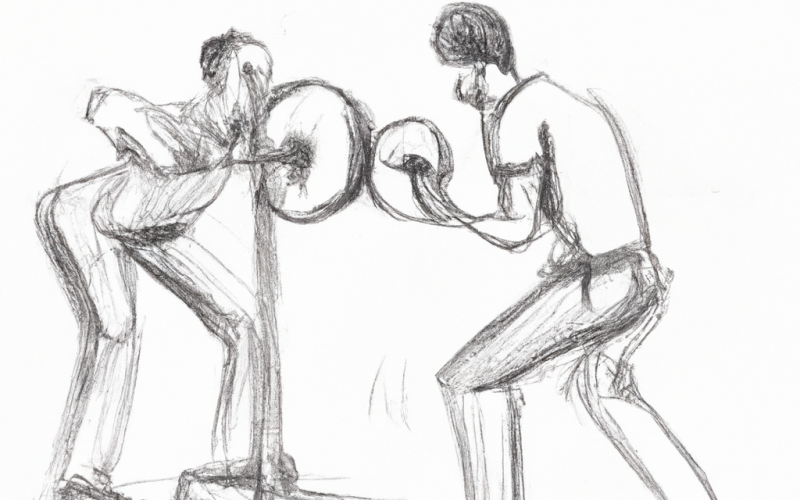The pursuit of toned thighs and a curvaceous bum has been a focal point for many fitness enthusiasts. But before embarking on a journey to sculpt these areas, it’s beneficial to understand the factors influencing their size. Both genetics and lifestyle play pivotal roles in shaping these body parts. Let’s delve into what makes thighs and buttocks bigger.
Genetic and Biological Factors
1. Genetic Predisposition:
Some individuals naturally have a larger bum and thighs because of their genetic makeup. Family traits can determine fat distribution and muscle size, and this is inherited from one generation to another.
2. Hormonal Influences:
Hormones, particularly estrogen, influence fat distribution in the body. Women, due to higher estrogen levels, often store fat in their hips, thighs, and buttocks, especially during reproductive years.
3. Muscle Anatomy:
The size of the gluteal muscles in the buttocks (gluteus maximus, medius, and minimus) and the quadriceps and hamstrings in the thighs play a role in their overall appearance. Larger muscles can lead to fuller-looking thighs and buttocks.
Lifestyle and Behavioral Factors
1. Diet:
Consuming more calories than you burn leads to weight gain. If your genetic predisposition is to store fat in the thighs and bum:
2. Physical Activity and Exercise:
The type and amount of exercise you engage in can influence muscle and fat distribution:
3. Sedentary Lifestyle:
Lack of physical activity can lead to muscle atrophy and increased fat storage, especially if coupled with an unbalanced diet.
4. Clothing:
While clothing doesn’t change the actual size of thighs and bum, tight and restrictive garments can cause discomfort and may lead to conditions like cellulite, which can affect the appearance of these areas.
How to Manage and Sculpt Thighs and Bum
If your goal is to tone or reduce the size of your thighs and buttocks, incorporating strength training and cardiovascular exercises can be beneficial. Additionally, maintaining a balanced diet with adequate protein, healthy fats, and complex carbohydrates can support muscle growth and fat loss.
1. Consistent Workouts:
Adopting a routine that combines both strength and cardio can lead to toned and shapely thighs and glutes.
2. Balanced Nutrition:
Focusing on whole foods and monitoring calorie intake can prevent excessive weight gain in targeted areas.
The size of one’s thighs and bum is influenced by a combination of genetics and lifestyle choices. By understanding these factors, individuals can make informed decisions about their health and fitness routines. While genetics play a role, a balanced lifestyle can help in achieving desired body aesthetics and overall wellness.
